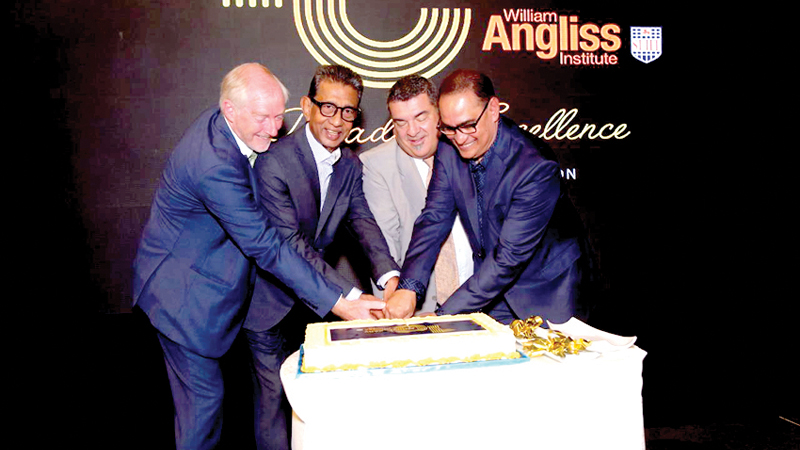William Angliss Institute, Australia in partnership with the Colombo Academy of Hospitality Management (CAHM) celebrates its 10th anniversary.
As one of the largest private hospitality management institute in Sri Lanka, the Colombo Academy of Hospitality Management (CAHM) hosted at the Malabe campus of Sri Lanka Institute of Information Technology (SLIIT) has not only raised the bar for hospitality education but also serves as a testament to the enduring collaboration between Australia and Sri Lanka.
In establishing the joint venture William Angliss Institute, Australia, and the Colombo Academy of Hospitality Management (CAHM) were focused on developing a partnership dedicated to providing world-class education in hospitality, tourism, foods, and events in Sri Lanka. In its ten years of operation, the joint venture at the SLIIT campus has expanded its facilities, curriculum streams, and overseas training opportunities, to ensure every student is best placed to develop and become a future leader of the hospitality industry in Sri Lanka.
Chairman of CAHM, Errol Weerasinghe said, “Our partnership with William Angliss Institute, Australia, has been instrumental in shaping our journey. A decade ago, when we set up the institute in Sri Lanka through CAHM’s association with the William Angliss Institute in Melbourne, Australia, we recognised the paramount importance of acquiring the right expertise and knowledge to offer hospitality education that meets international standards right here in Sri Lanka.
“We embarked on this journey with one curriculum stream, a faculty of 10 members, and just 60 students. Today, we proudly serve 1,500 active students on campus, supported by an 85-member faculty with extensive industry experience,” he said.
Managing Director of CAHM, Anuk Weerasinghe said, “The significant growth of the Institute you see today is a result of the strong partnership we have established with the William Angliss Institute, Australia, for the past decade. They have supported us in many ways, including their generous grants, gifting of state-of-the-art equipment, visits by Australian teachers, and sharing of faculty resources.
“The students benefit greatly from these facilities and the level of exposure, enhancing the quality of their educational experience,” he said.









